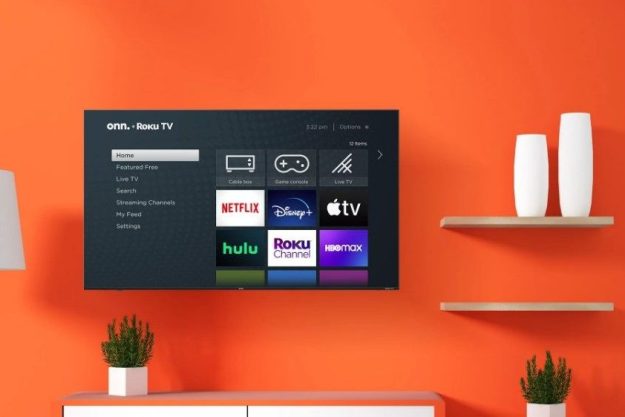
On the same day that Netflix became the first major media organization to publicly denounce the multi-billion dollar Comcast/Time Warner merger, the company announced new plans to join forces with cable DVRs sometime this quarter, starting with app support for TiVo’s flavor of set-top control.
In its letter to investors, Netflix touted the success of its move to DVR boxes for so called MVPDs (Multi-channel video program distributors) in Europe, and claimed that this quarter will see the launch of its iconic red app icon in U.S. TiVo boxes first, with plans to move to “non-Tivo devices” after that. Netflix apps are already integrated into TiVo’s direct-to-consumer boxes, and the company now wants to move into boxes tied-in directly with providers.
“From an MVPD point of view, they would rather have consumers use Netflix through the MVPD box and remote control than (from other sources),” the letter states.
That makes a lot of sense. After all, cable and satellite providers have given up trying to woo subscribers away from Netflix. They know their customers will be accessing the site from some sort of device, be it a smart TV, or a set-top delivery method such as a Roku, Apple TV, or Chromecast. Since providers can’t stop subscribers from mainlining Netflix content, it would behoove them to keep users on the same device (and input source) that delivers their own live TV content and on-demand programming, allowing a fluid switch between the services. Also – in a more insidious move – it could be that providers would like to track their customers viewing habits a little more closely,
It also makes sense that Netflix would start with TiVo DVRs. Not only are the boxes known for their extremely intuitive interfaces, but they are also the preferred systems of choice for cable providers with close ties to Netflix such as Suddenlink, and RCN. Those partners use Netflix’s proprietary Open Connect system, which employs a direct link to Netflix servers to offer more efficient streaming. Open Connect was Netflix’s home-baked solution to the pressing issue of slower streaming speeds.
Comcast, and other top service providers such as Verizon, and AT&T balked at Open Connect, eventually forcing an unholy union of sorts between Comcast and Netflix, in which Netflix agreed to pay the massive conglomerate undisclosed fees for more direct access to its Internet pipelines. The deal worked, and immediately after hands were shook, Netflix speeds for Comcast subscribers increased by up to 65 percent. However, shortly afterward, Netflix CEO Reed Hastings denounced the agreement as a threat to smaller video streaming services, and Net Neutrality as a whole.
Netflix again railed against Comcast’s penchant for strong arming the media industry as a whole in its letter to investors, saying that the company “…is already dominant enough to be able to capture unprecedented fees from transit providers and services such as Netflix,” and warning that a merger with the second biggest provider, Time Warner, would give the combined services “even more anti-competitive leverage to charge arbitrary interconnection tolls,” for cable and internet services.
Monday’s letter introduced a host of new moves for Netflix, including a proposed price hike of its services, even while the company announced a rise in profits above what was expected by investors, with $53 million in profit, a $3 million increase over the previous year. The price hike, a proposed $1-2 for new customers in the coming months, will help Netflix expand, and keep up with the rising cost of licensing fees for content. Current customers won’t see a price rise in the near future.
Overall, Monday’s letter was a telling look into Netflix’s future, as the company looks to become even more dominant, while also appearing to work towards the preservation of facets that Internet users as a whole hold dear, including Net Neutrality, and fair competition in the marketplace. As Netflix seems to grow bigger by the day, consumers can only hope it remains true to those ideals.

